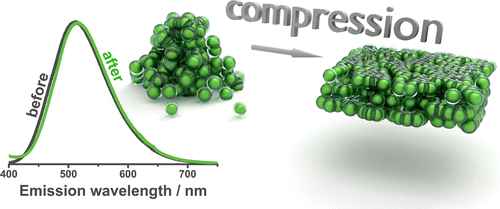Photoactive Langmuir–Blodgett, Freely Suspended and Free Standing Films of Carboxylate Ligand-Coated ZnO Nanocrystals
Jan Paczesny,a Małgorzata Wolska-Pietkiewicz,b Ilona Binkiewicz,a Monika Wadowska,a Janusz Lewiński,ab Robert Hołyst,a
a Institute of Physical Chemistry, Polish Academy of Sciences, Kasprzaka 44/52, 01-224 Warsaw, Poland
b Faculty of Chemistry, Warsaw University of Technology, Noakowskiego 3, 00-664 Warsaw, Poland
DOI: 10.1021/acsami.6b03579
First published online May 09, 2016
Paper on the ACS website
A new possibility for the formation of macroscopic and photoactive structures from zinc oxide nanocrystals is described. Photoactive freely suspended and free-standing films of macroscopic area (up to few square millimeters) and submicrometer thickness (up to several hundreds of nanometers) composed of carboxylate ligand-coated zinc oxide nanocrystallites (RCO2–ZnO NCs) of diameter less than 5 nm are prepared according to a modified Langmuir–Schaefer method. First, the suspension of RCO2–ZnO NCs is applied onto the air/water interface. Upon compression, the films become turbid and elastic. The integrity of such structures is ensured by interdigitation of ligands stabilizing ZnO NCs. Great elasticity allows transfer of the films onto a metal frame as a freely suspended film. Such membranes are afterward extracted from the supporting frame to form free-standing films of macroscopic area. Because the integrity of the films is maintained by ligands, no abolishment of quantum confinement occurs, and films retain spectroscopic properties of initial RCO2–ZnO NCs. The mechanism of formation of thin films of RCO2–ZnO NCs at the air/water interface is discussed in detail.
